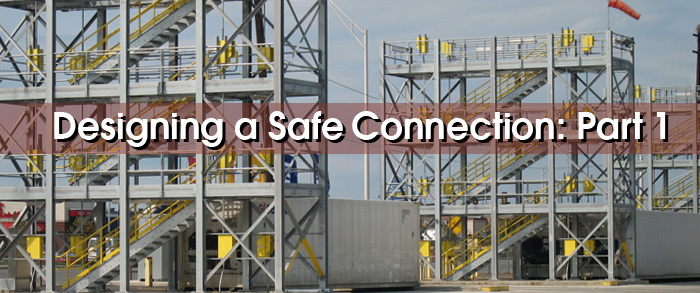When comparing NRTL Listings of different products, it is important to know what the appropriate UL standards are and how they apply to your specific application. You may not always be purchasing what you think you are purchasing. UL 1008 was specifically created for transfer switch equipment. Products with a UL 1008 certification ensure the complete assembly is certified and has undergone rigorous testing to validate performance, safety, and reliability. Non-Automatic transfer switches that are Listed under the UL 1008 standard are evaluated in accordance with Articles 517-Health Care Facilities, 702-Optional Standby Systems of the National Electrical Code (ANSI/NFPA 70) and the National Fire Protection Association Standard for Health Care Facilities (ANSI/NFPA 99). The local inspection process by the AHJ is typically much easier when emergency power transfer switch equipment is UL 1008 Listed. So what are some basic reasons to purchase UL 1008? How about these three…
- Your UL 1008 listed Manual Transfer Switch will be listed the same as an Automatic Transfer Switch unit. This means continuity of Listing in all your transfer switch designs.
- No need to “reinvent the wheel”. With a UL 1008 listed transfer switch for your project, there is no need to verify if your design meets all the requirements for a transfer switch. This should shorten your design time on your project.
- By specifying a UL1008 Listed unit, you are assured that the unit supplied is not just a UL 50 enclosure and/or UL Listed components but has been tested as a complete unit. AHJ are becoming more aware that a manual transfer switch should be listed the same as an automatic transfer switch since they perform the same basic function.
When there is a proper solution why go any other way? It just makes sense!
ESL’s line of emergency power connection equipment for commercial and industrial applications is UL/cUL 1008 Listed for StormSwitch® – Manual Transfer Switches up to 3000A, TempTap® – Generator Docking Stations up to 3200A, and TripleSwitch® – 3-Way Manual Transfer Switches up to 3000A. To get a quote on your next project contact us!


